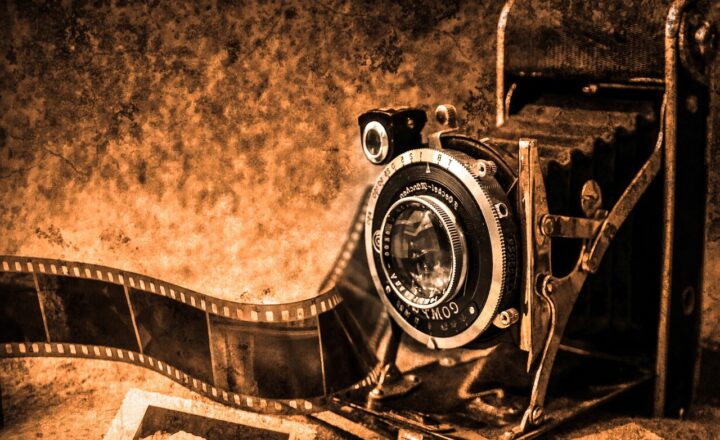
Modern cinema has evolved into a powerful medium that not only entertains but also influences and shapes societal norms, values, and even the identity of youth culture across the globe. From blockbuster franchises to indie films, the stories depicted on screen resonate deeply with younger audiences, reflecting their struggles, aspirations, and experiences. Over the years, cinema has transcended its role as mere entertainment to become a significant force in shaping youth culture, influencing attitudes concerning fashion, behavior, social issues, and even politics.
1. The Power of Storytelling in Film
At the heart of cinema is storytelling. Through compelling narratives, filmmakers portray characters that represent the fears, dreams, and realities of youth, making them relatable to a generation that often feels misunderstood. From classics like “The Breakfast Club” to more recent hits like “The Hate U Give,” films tackle critical social issues, providing a platform for dialogue and a means of understanding complex situations.
1.1. Relatability and Connection
Younger audiences are often drawn to films that reflect their own lives and experiences. Characters who face challenges, triumph, and evolve mirror the journeys of many youth today. This relatability fosters a connection between the viewer and the cinematic experience, encouraging young people to think critically about their own lives and decisions.
2. Fashion and Trends Influenced by Film
Fashion in cinema plays a critical role in shaping youth culture. Characters often define the trends that young audiences adopt, impacting how they express themselves through clothing, hairstyle, and accessories. Iconic films have launched fashion trends that have lasted for decades,
2.1. Iconic Style Figures
Consider films like “Clueless” or “Mean Girls”—the styles portrayed have influenced how young people dress today. These movies help establish aspirational looks that resonate with youth, encouraging them to emulate their favorite characters. The impact of film on fashion is so significant that designers often take inspiration from cinematic styles for their collections.
3. Addressing Social Issues through Cinema
Modern cinema also provides a voice on social issues affecting youth today. Filmmakers touch upon topics like mental health, racial inequality, gender identity, and social justice, encouraging a generation to engage with these concerns actively.
3.1. Raising Awareness
Films such as “13 Reasons Why” and “The Pursuit of Happyness” spark conversations about mental health, economic issues, and the pressures of adolescence. By addressing these subjects, filmmakers not only inform but inspire young minds to seek change within their communities.
4. Cinema as a Reflection of Cultural Identity
Cinema holds a mirror up to society, reflecting the social attitudes and behaviors that characterize youth cultural identity. Stories focusing on diversity and inclusion provide representation for underrepresented groups, allowing minorities to see themselves in narratives that historically overlooked them.
4.1. The Rise of Diverse Voices
Films such as “Black Panther” and “Crazy Rich Asians” introduce narratives that celebrate cultural differences while promoting unity and acceptance. This representation is crucial for youth identifying with these cultures, empowering them and showcasing that diversity is not just accepted but celebrated.
5. The Influence of Technology on Modern Cinema
The advent of technology has transformed how cinema is produced and consumed, impacting youth culture profoundly. With streaming platforms like Netflix and Hulu, films are now more accessible than ever, allowing youth to watch and engage with content at their convenience.
5.1. On-Demand Viewing Culture
This on-demand culture has shifted audience behavior, turning film viewing into a communal experience through social media platforms. Fans actively discuss plots, message boards, and memes related to their favorite digital content, thereby strengthening community ties among youth with shared interests and cultural references.
6. Youth Empowerment and Activism through Cinema
Cinema has the remarkable potential to empower youth by bringing attention to activism and social movements. Through films, young people are inspired to take action and advocate for causes they are passionate about.
6.1. Inspiring Change
Documentaries like “He Named Me Malala” or feature films like “Selma” provide an educational lens that motivates youth to engage in activism. By highlighting real-life heroes and empowering narratives, cinema acts as a catalyst for social change among young viewers who wish to contribute positively to society.
Conclusion
Modern cinema undeniably plays a paramount role in shaping youth culture. Through storytelling, fashion influence, social issue engagement, cultural reflection, technological advancements, and empowerment initiatives, film resonates with young audiences, guiding their understanding of the world. As cinema continues to evolve, its ability to influence and empower generations of youth will remain pivotal, reflecting their realities, aspirations, and the cultural narratives that shape their identities.
All these elements reinforce the idea that modern cinema is more than just entertainment; it is a cultural phenomenon that influences youth thought, identity, and expression in profound ways. As audiences grow, so too will the narratives that define their experiences on screen, illustrating the timeless bond between youth culture and modern cinema.







